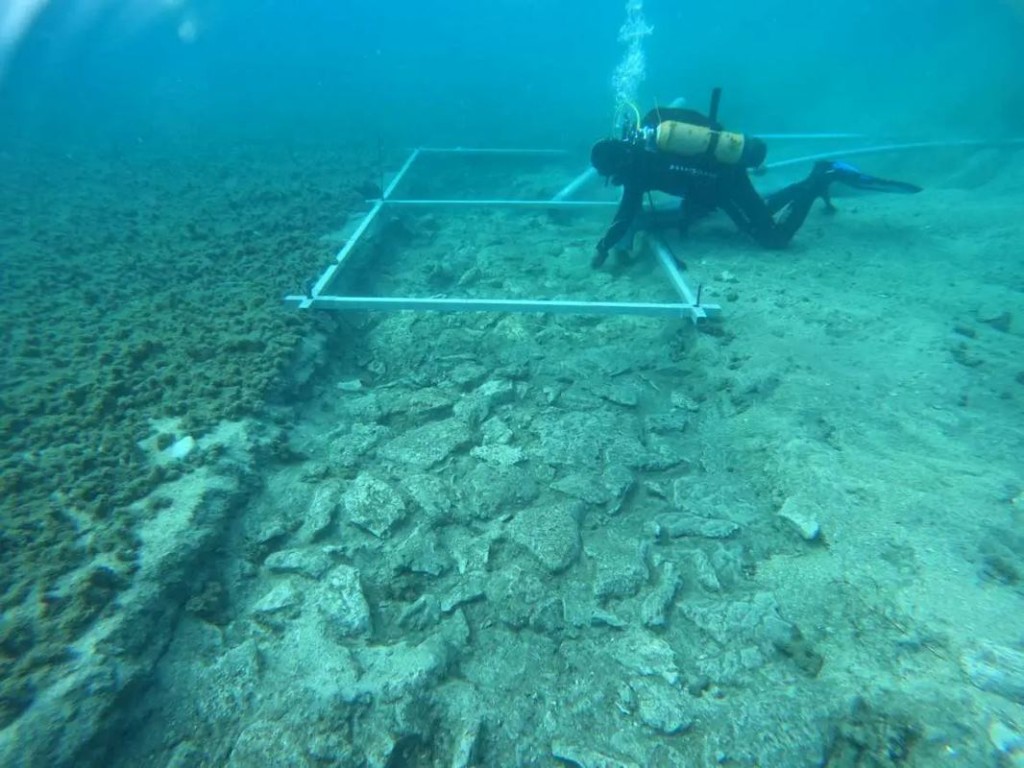
The island of Korcula is something Croats are exceptionally proud of—and rightly so. It is said to be the birthplace of Marco Polo, and it’s the oldest part of the world where documents can prove that slavery was abolished (1214 CE).
Along with its stunning natural beauty, Korcula has a secret—a truly ancient past where a ‘stacked stone’ road was found underwater dating to a period 5,000 years before the Roman Empire.
At the submerged Neolithic site of Soline, an astonishingly modern-looking road of stacked stone was found under deposits of sea mud. It connected an artificial island associated with a people known as the Hvar Culture, with the coast of the island of Korcula.
The road was four meters broad, or about 12 feet. The date 7,000 BCE was determined via radiocarbon dating of preserved wood from buildings of the Hvar culture’s settlement.
Other underwater sites ringing Korcula have yielded stone axes and flint tools. The whole research endeavor was conducted by an all-Croat team of archaeologists from several museums and universities in the country.
To grasp the magnitude of this discovery, it’s necessary to watch the video below of the divers. But putting this find into its proper context almost necessitates a brief re-writing of the history of civilization.
Unsurprisingly, the confirmed oldest ‘constructed’ road, excluding blazed tracks shared by humans and animals together, dates back to 4,000 BCE to probably the world’s second-oldest city of Ur, part of ancient Sumeria. Much of Ur’s history was borrowed from the even-older Sumerian ‘capital’ of Eridu, so we can be generous and go back a few hundred years more.
Brick roads begin appearing in India about 3,000 BCE, which is also around the time they begin appearing in Greece.
MORE PREHISTORIC HISTORY: Evidence of Amputation in Prehistoric Times Shows Patient Surviving for a Decade–Proves Medical Expertise Existed
But Korcula road, featuring sophisticated stone-stacking and some sort of material to encase the stones in their positions, was made around 1,000 years before Ur and Eridu, to an epoch where agriculture and animal domestication were still developing or state-of-the-art technologies.
Korcula is already one of Croatia’s top tourist destinations. It seems that the ancients, just like us today, found its beauty irresistibly captivating.
WATCH a diver cross the road below…
SHARE This Unbelievable Discovery With Your Friends…




















